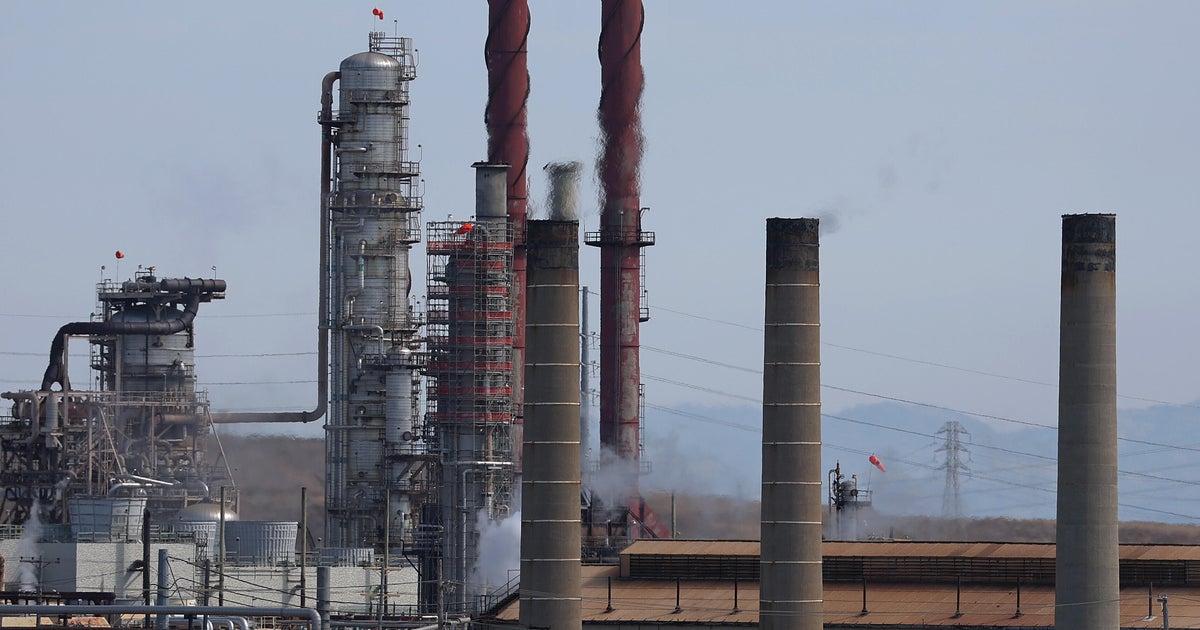Extreme heat caused by emissions from 111 fossil fuel companies cost an estimated $28 trillion between 1991 and 2020, according to researchers at Dartmouth College.
Their study, which was published Wednesday in “Nature,” presents a peer-reviewed method for tying emissions to specific climate harms. Their goal is to help hold companies liable for the cost of extreme weather, similar to holding the tobacco industry liable for lung cancer cases or pharmaceutical companies liable for the opioid crisis.
The research firm Zero Carbon Analytics counts 68 lawsuits filed globally about climate change damage, with more than half of them in the United States.
“We argue that the scientific case for climate liability is closed,” wrote the study’s authors, Christopher Callahan, who received his PhD from Dartmouth College, and Justin Mankin, a Dartmouth Department of Geography professor.
About a third of the total cost was attributed to five companies, which can be tied to more than $9 trillion in climate damage, according to the study.
These are the top-emitting companies and the dollar amount the researchers estimate they are responsible for:
The researchers figured that every 1% of greenhouse gas put into the atmosphere since 1990 has caused $502 billion in damage from heat alone, which doesn’t include the costs incurred by other extreme weather such as hurricanes, droughts and floods. Emissions data is taken from the public Carbon Majors database, they said.
They used 1,000 different computer simulations to translate those emissions into changes for Earth’s global average surface temperature by comparing it to a world without that company’s emissions.
Using this approach, they determined that pollution from Chevron, for example, has raised the Earth’s temperature by .045 degrees Fahrenheit.
The researchers also calculated how much each company’s pollution contributed to the five hottest days of the year using 80 more computer simulations and then applying a formula that connects extreme heat intensity to changes in economic output.
This system is modeled on the established techniques scientists have been using for more than a decade to attribute extreme weather events, such as the 2021 Pacific Northwest heat wave, to climate change.
Mankin said that in the past, there was an argument of, “Who’s to say that it’s my molecule of CO2 that’s contributed to these damages versus any other one?” He said the study “really laid clear how the veil of plausible deniability doesn’t exist anymore scientifically. We can actually trace harms back to major emitters.”
Aramco, Gazprom, Chevron, Exxon Mobil and BP did not respond to requests for comment.
“All methods they use are quite robust,” said Imperial College London climate scientist Friederike Otto, who heads World Weather Attribution, a collection of scientists who try rapid attribution studies to see if specific extreme weather events are worsened by climate change and, if so, by how much. She didn’t take part in the study.
“It would be good in my view if this approach would be taken up more by different groups. As with event attribution, the more groups do it, the better the science gets and the better we know what makes a difference and what does not,” Otto said. So far, no climate liability lawsuit against a major carbon emitter has been successful, but maybe showing “how overwhelmingly strong the scientific evidence” is can change that, she said.
The research is a good exercise and proof of concept, but there are so many other climate variables that the numbers that Callahan and Mankin came up with are probably a vast underestimate of the damage the companies have really caused, said Michael Mann, a University of Pennsylvania climate scientist who wasn’t involved in the study.




